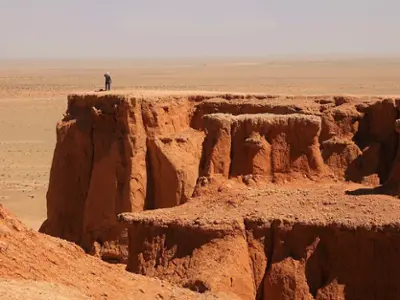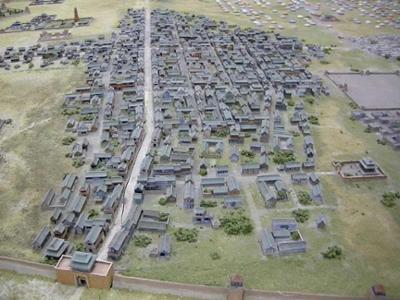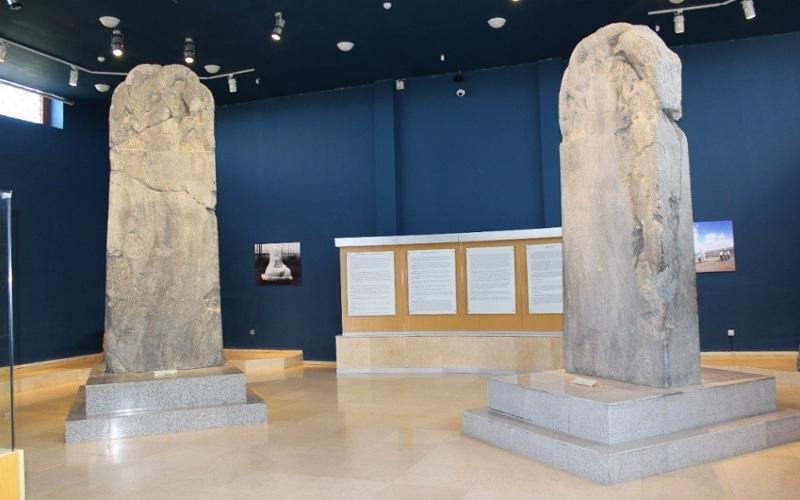
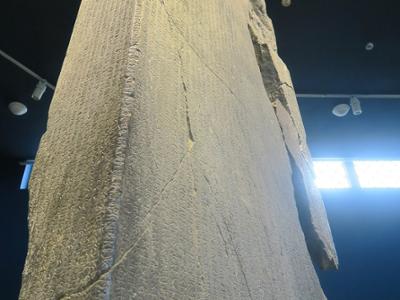
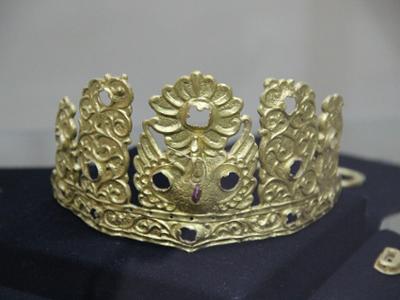
The Orkhon inscriptions, also known as the Orhon inscriptions, Orhun inscriptions, or Khöshöö Tsaidam monuments, are two memorial installations erected by the Göktürks in the early 8th century in the Orkhon Valley in modern-day Mongolia. They were constructed to honor two Turkic princes, Kul Tigin and his brother Bilge Khagan.
The inscriptions, written in the Old Turkic alphabet, recount the Turks' legendary origins, their golden age of history, their subjugation by the Tang dynasty, and their liberation by Ilterish Qaghan. The inscriptions were discovered by Nikolay Yadrintsev's expedition in 1889 and published by Vasily Radlov. The original text was deciphered by the Danish philologist Vilhelm Thomsen in 1893.
The Orkhon inscriptions are significant as they provided much of the foundation for translating other Turkic writings. They are also a great example of the transition from the use of runes to a uniform alphabet. Both inscriptions are part of the Orkhon Valley Cultural Landscape, a UNESCO World Heritage Site in Mongolia.
The inscriptions were erected in the early 8th century to commemorate the brothers Bilge Khagan and Kul-Tegin, who were descendants of Ilterish Qaghan of the Second Turkic Khaganate, a prominent Turkic nomadic society during the Tang dynasty. The site has been the focus of restoration and protection efforts, with the involvement of organizations such as the Turkish International Cooperation and Development Agency (TIKA) and the work of archaeologists from various countries.



